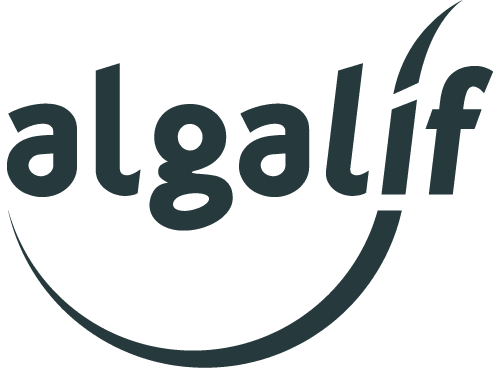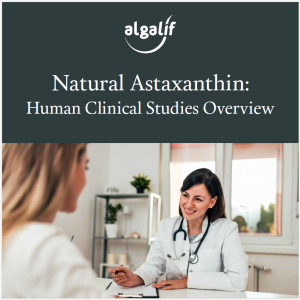
Haematococcus pluvialis is a microalgae that has relatively mild optimal growth conditions. The optimal temperature is very close to room temperature, the optimal pH is almost neutral, and as a freshwater microalgae, the medium has almost no salinity.
In general, the neutraceutical market for astaxanthin does not tolerate the use of pesticides, antibiotics, or genetic modifications to H. Pluvialis. If we also take into account that H. pluvialis grows relatively slowly compared to many eukaryotic and prokaryotic organisms that thrive under the same cultivation conditions – it becomes clear that the cultivation of H. pluvialis for astaxanthin production is quite challenging.
Challenges of contamination
Everyone who has cultivated microalgae in photobioreactors under mild conditions knows that contamination of H. pluvialis cultures by other undesirable algae species is among the most significant issues of the process. Once a contaminant has gained ground in a photobioreactor, it is very hard to get completely rid of the contaminant – even when various methods to clean the system are combined!
So what is the best way to deal with the challenge of contamination? Algalíf has identified that the key factor to maintaining high culture quality and staying away from contamination issues is: Productivity!



Recent Comments